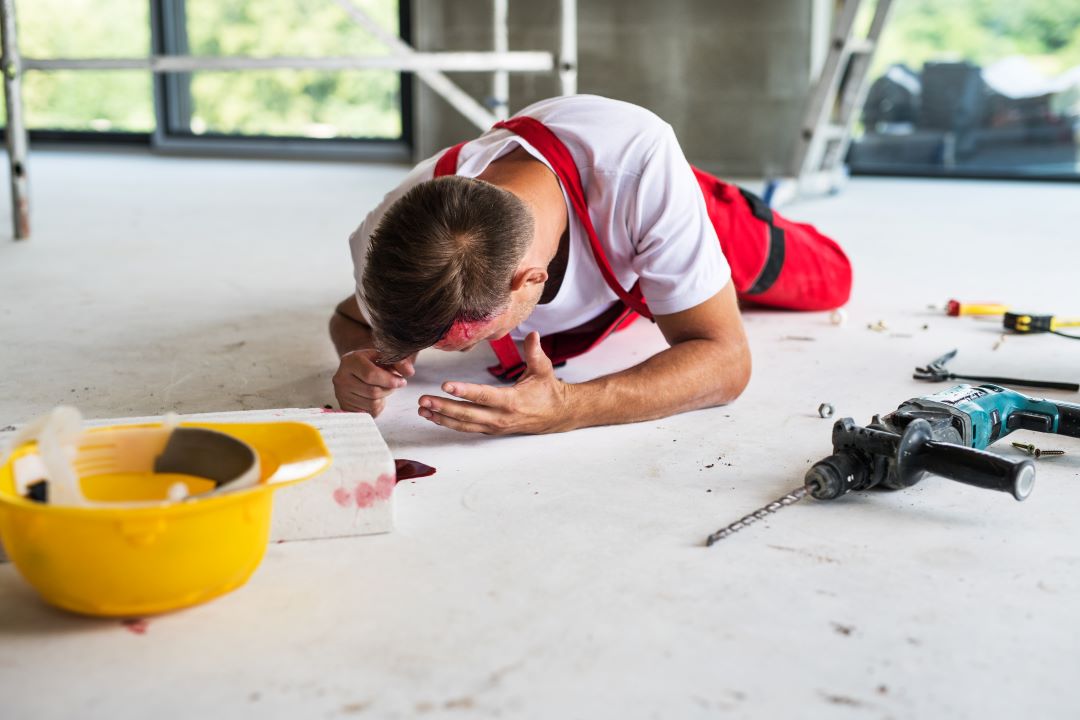A worker safety device must be comfortable and discreet to ensure workers will adopt it. It should also be easily accessible if a threat arises.
For instance, G7 devices have an optional push-to-talk capability and can be configured with multiple interchangeable cartridges including combustible and toxic gas detection. https://loneworkeralarms.com.au/man-down-alarm/ They also feature 24/7 live monitoring via Blackline Live.
Worn Devices
A device that a worker wears on their body, like a pendant or collar, will allow them to quickly summon assistance from colleagues, family, friends, and police in the event of a threat or accident. This type of device can also offer fall detection, a man down alarm, and a GPS location sharing feature.
These devices can also include interlocks or sensors that will shut off a machine if any part of a worker’s body touches a point of operation hazard. Alternatively, self-adjusting guards will open and close to stop operators from touching moving parts as they insert or withdraw stock. These types of safety mechanisms can help reduce chemical hazards that may be present in machinery, especially if employees are using cutting fluids or other liquids.
img width="445" src=" ">
Carry Devices
">
Carry Devices
Several types of carry devices can be used to protect workers in a variety of situations. These might include mobile apps, wireless panic buttons and handheld satellite devices. The best choice for your organization will depend on the specific lone working situation and risks. For example, for home health care nurses working in unfamiliar neighborhoods or electrical engineers exposed to high voltage, a device with a built-in alarm might make sense.
The advantage of these types of devices is that they can be used discreetly. They will often work with cellular or WIFI to communicate and may be more affordable than a satellite solution. https://loneworkeralarms.com.au/geofence-2/ However, they will have some limitations and will require a worker to unlock their phone, find the app or button, activate it and follow a check-in protocol. This could be difficult in an emergency situation if the employee is incapacitated or unconscious. Therefore, it’s important to look for an emergency response system that offers a self-healing network and an additional back-up communication path in case of a signal failure.
Satellite Devices
Lone workers in remote locations often work beyond the reach of cellular towers and are exposed to harsh environments. Cellular devices rely on towers for communication but can only offer a limited area of coverage, whereas satellite devices use global communications networks to communicate with monitoring centres in emergency situations.
Handheld satellite devices enable lone workers to send a message, share their location and trigger an SOS alarm. These devices are usually more expensive than cellular personal safety devices but provide significant benefits for businesses working in areas with limited or no cellular connectivity.
https://loneworkeralarms.com.au/panic-alarms/ For example, Directsafety are master distributors for Blackline’s isolated worker monitoring device range which uses a combination of 4G cellular and iridium satellite network connections. This means if a cellular signal is lost, the device will switch seamlessly to the satellite connection, giving your employees powerful two-way communication and reliable emergency alerting. This is ideal for lone workers who need a complete and comprehensive remote worker safety solution.
Check-In Apps
A check-in app is an easy way to ensure staff’s safety. These apps require users to check in at certain times, letting managers know they’re still alive. Typically, these apps also have a panic button that can be activated quickly in the event of an emergency.
Rather than relying on call checks, which can be stressful for workers and managers, these apps provide a more comprehensive picture of an employee’s safety status. When a user checks in, their live location, task details, battery and signal levels are shared with managers who have been assigned to oversee them.
Check-in apps can be used on handheld devices like lone worker apps, Bluetooth wearables, and satellite devices to help protect employees working alone. SHEQSY, the leading lone worker safety app, includes intuitive safeguards such as periodic check-ins, quick duress activation, activity countdown timers, and hazard and incident reports. It can be deployed in a matter of minutes and runs quietly in the background.
![[PukiWiki] [PukiWiki]](image/pukiwiki.png)
